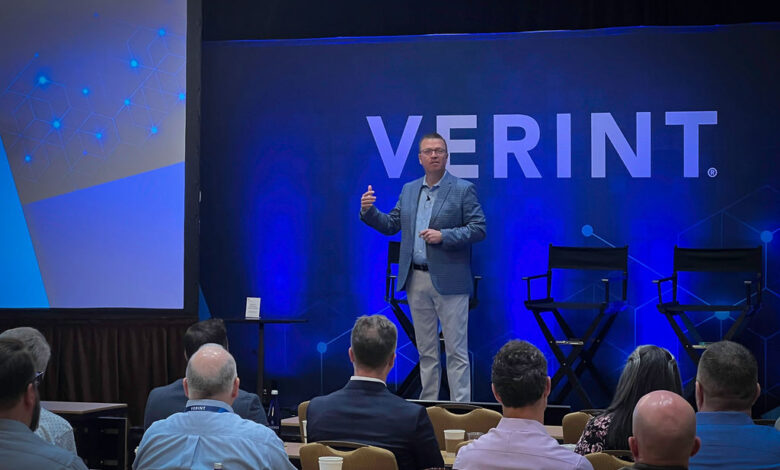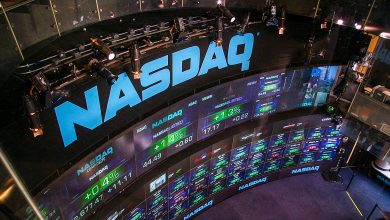
In the financial sector, video surveillance has long been a critical tool for protecting people, assets, and operations, but today, the role of video is evolving. Artificial intelligence and analytics are giving financial institutions new ways to use the systems they already have in place to reduce risk, improve service, and make faster, more informed decisions. Security is no longer confined to reviewing footage after an incident. With AI-enabled analytics, banks can understand what’s happening in real-time and use those insights across departments, from fraud prevention and compliance to operations and customer experience.
From Efficiency to Impact
Operational improvements don’t always require massive changes; often, it’s the small adjustments that remove friction in a process, improve visibility across locations, or identify the causes of slowdowns that deliver the strongest returns. When video data is used to uncover delays and inefficiencies, banks can act precisely and see measurable gains in service and cost savings. This kind of value only happens when data moves beyond the security team and it starts with asking, what decisions could we make better if we had more visibility into our branches? Analytics can answer that question, not with general trends, but with specific, actionable metrics.
Real Use Cases That Deliver Results
Banks are already seeing how intelligent video transforms their response to crime, fraud, and customer behavior. For example, analytics can detect loitering near an ATM vestibule late at night or flag an object like a forklift appearing where it doesn’t belong. Systems can also track how long customers spend in different areas of a branch or how they interact with digital signage and service counters. That kind of visibility helps teams act with more precision.
These aren’t theoretical benefits. Institutions are using them today to make their operations safer and more efficient. When analytics catch suspicious activity, the system can trigger an alert, prompt video verification, and escalate to law enforcement with context. That level of responsiveness helps reduce losses and ensures resources are sent where they’re truly needed.
And when it comes to internal operations, video analytics can track foot traffic, monitor dwell times, and help managers understand whether service levels are meeting expectations. This kind of insight adds real value. The technology helps identify bottlenecks, spot training opportunities, and fine-tune branch layouts. In one case, a bank used wait time data to restructure staffing at a high-volume location, improving both speed and customer satisfaction.
Clarity Over Complexity
The value of analytics lies in how easily somebody can use the data; it’s not enough to collect information. Teams need to see what matters That’s why reporting tools that visualize trends, show branch comparisons or break down service delays are so important. When leaders have access to clear insights—without having to sift through raw footage—they can act quickly and with confidence.
Many banks have found that simplicity drives adoption. Teams want to know, at a glance, how long customers waited, which areas saw the most activity, and where improvements are needed. The goal is to track behavior and translate it into decisions that improve service and reduce risk. That’s what turns data into action.
Building a Smarter Infrastructure
Many financial institutions worry about the cost and complexity of modernizing video systems. But today’s AI-powered analytics don’t require starting over. In fact, many banks are using open platforms and cloud-ready tools to enhance their existing infrastructure. Whether a branch has legacy analog systems or a mix of new IP cameras, the right platform can support them both.
This flexibility is key to scaling across hundreds of branches or integrating new analytics without major rebuilds. Banks can decide what data gets processed at the edge, in the cloud, or through central systems based on their specific needs and bandwidth. Some institutions are aggregating data centrally to support business intelligence initiatives. While others use site-level analytics to respond faster to local events.
Analytics are only as strong as the ecosystem around them. That includes the camera placement, the network design, and the reporting interface. A poorly placed camera or a disconnected sensor limits what the system can detect. However, when planned intentionally, banks gain tools that grow with them and respond to evolving threats.
AI That Filters the Noise
A common misconception is that analytics should replace human operators, while in practice, the best results come when AI serves as a filter, highlighting what matters most and allowing teams to act on it. Imagine being able to tell your system: let me know when someone is near the ATM at 2 a.m. or when there’s unexpected movement in a drive-through lane. With AI, those requests are no longer out of reach. Security professionals still make the final call, but AI ensures they see the right things first.
That balance also helps avoid false assumptions. For example, analytics might detect unusual behavior, but the system can pass that information to a monitoring station, where a live operator decides to dispatch. This layered response ensures that alerts are valid and that first responders are equipped with the right information. It’s about confidence, not guesswork.
Where the Data Leads
The next phase of AI analytics in banking is already beginning. Institutions are using video to understand customer journeys, track marketing effectiveness, and support compliance reporting.
Banks are building smarter, faster, and more connected operations by combining video with transactional data and customer behavior metrics. As customer expectations continue to rise and fraud tactics evolve, having a system that can adapt is critical.
Intelligence at the edge, powered by AI, provides early warning, sharp insight, and a foundation for more strategic operations. These tools are not just for security teams, they serve the entire organization helping branches run smoothly, supporting informed decisions, and reinforcing trust with every transaction. Banks already have the infrastructure. Now, they have the intelligence to make it work harder.
AI-driven analytics allow institutions to detect faster, respond smarter, and plan confidently. From security to strategy, they’re unlocking new possibilities—and setting a new standard for what’s possible in financial services. These gains are shaping the future of banking. It’s a shift toward smarter, faster, and more resilient operations.




